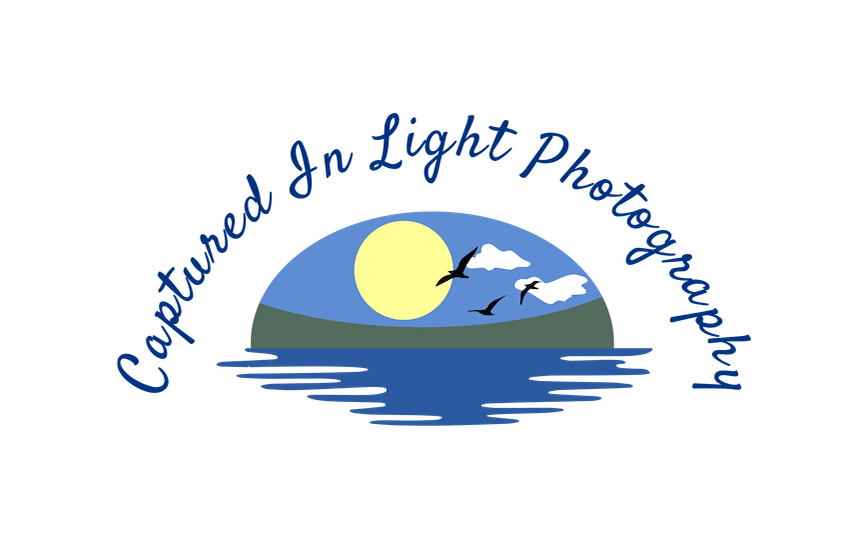Exploring Digital XPAN Photography: Down the Rabbit Hole
It started simply enough. I stumbled across some images shot with an XPAN, the unique panoramic camera created by Hasselblad in the late '90s. Its format intrigued me—this extended 65:24 ratio, neither a standard panoramic nor a traditional medium format, had a look that instantly captivated me. So began my adventure into the digital version of this experience—a journey that quickly became more immersive (and more obsessive) than I’d anticipate
Why XPAN?
The XPAN's format feels cinematic in a way that pulls you into the scene, making the viewer feel present and engaged. It’s neither a “classic” 35mm nor a 6x7 or 6x6 medium format; it occupies this rare, immersive middle ground. As I began studying XPAN shots, I found that every frame felt intentional. This aspect—the way it forces the photographer to think deeply about what deserves space in that horizontal span—was something I wanted to replicate in a digital format.
Hasselblad XPAN
Enter the Digital XPAN
Of course, getting an actual XPAN is a huge investment—not only financially but also in terms of maintenance and film. So, I started looking for digital options that would let me experiment with the same framing and vibe. I discovered a few approaches:
Crop to XPAN in Post-Processing: Starting with a high-resolution camera (often full-frame) and cropping down to the 65:24 aspect ratio. This method allows for the flexibility of digital with the ability to mimic XPAN's look.
Custom LUTs and Presets: There are XPAN-specific presets and LUTs that bring in the colors and contrasts often associated with XPAN film stock. I began exploring these tools to get the look just right.
Lens Selection: The XPAN had dedicated lenses designed for panoramic framing, so I started experimenting with wide-angle lenses to capture as much of that immersive view as possible before cropping.
Diving Deeper: Challenges and Discoveries
What started as a simple cropping experiment soon turned into a full-fledged pursuit. I found myself poring over forums, reading up on technique, and studying work from other XPAN photographers to understand what makes these images so compelling. Here’s what I discovered:
1. Composing for 65:24: The XPAN format fundamentally changes the way you approach a shot. Elements on the edges of the frame take on a new significance, and foreground-background relationships shift. I found myself thinking differently about balance and symmetry, as well as how to tell a story within this elongated frame.
2. Understanding the Limitations of Digital Cropping: While cropping a full-frame image works, I realized how critical resolution is. The more you crop, the more pixel density matters, especially for printing. Suddenly, I was researching cameras with the highest resolution and quality glass to ensure that my digital XPAN experiments held up.
3. Color and Contrast: I began obsessing over color tones, trying to match the aesthetic of XPAN’s original film shots. This led me down the rabbit hole of color science, experimenting with grading techniques, and learning about XPAN color profiles, which I tried to mimic in Lightroom and Capture One.
Where I Am Now
I’ll admit: I’ve become slightly obsessed. My digital XPAN workflow now involves meticulous planning and a suite of tools. I’m far more intentional in my compositions, which has changed my approach to photography as a whole. It’s taught me patience and discipline in ways I didn’t expect. And while this might not be the “true” XPAN experience, I feel like I’m capturing the spirit of it.
So, am I still falling down this rabbit hole? Absolutely. But I’m discovering so much along the way—about photography, about the beauty of intentional framing, and about the potential of digital to recreate some of film’s magic. And who knows? Maybe one day I’ll take the plunge and get my hands on the real thing.
Here, then is a link to my latest collection of wide-angle 65:24 aspect ratio XPAN images, both crops and directly composed images made with merged files and also mad with a couple of XPAN camera apps using my iPhone. Some aren't bad, but hey, it sure is a lot of fun.
